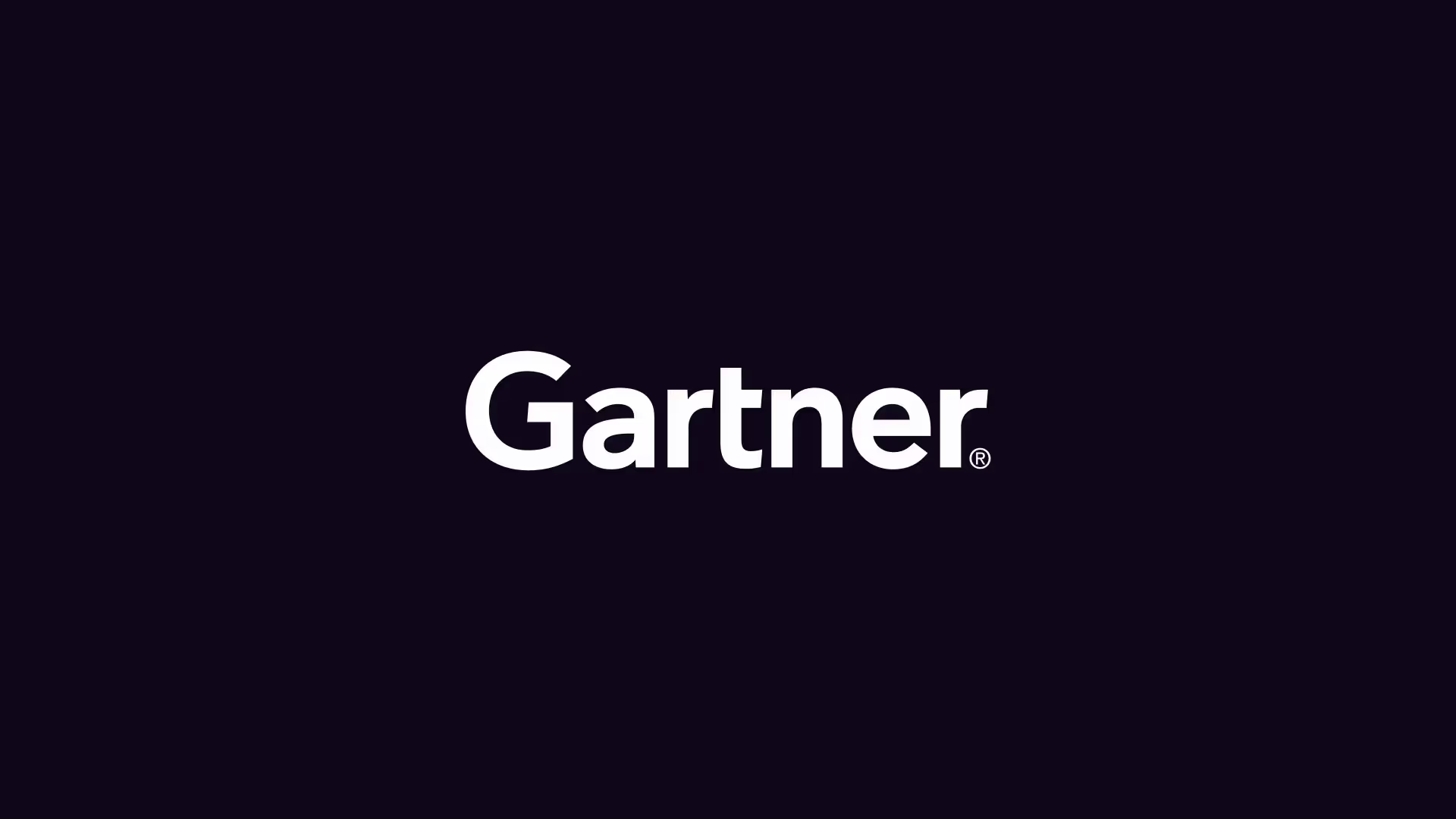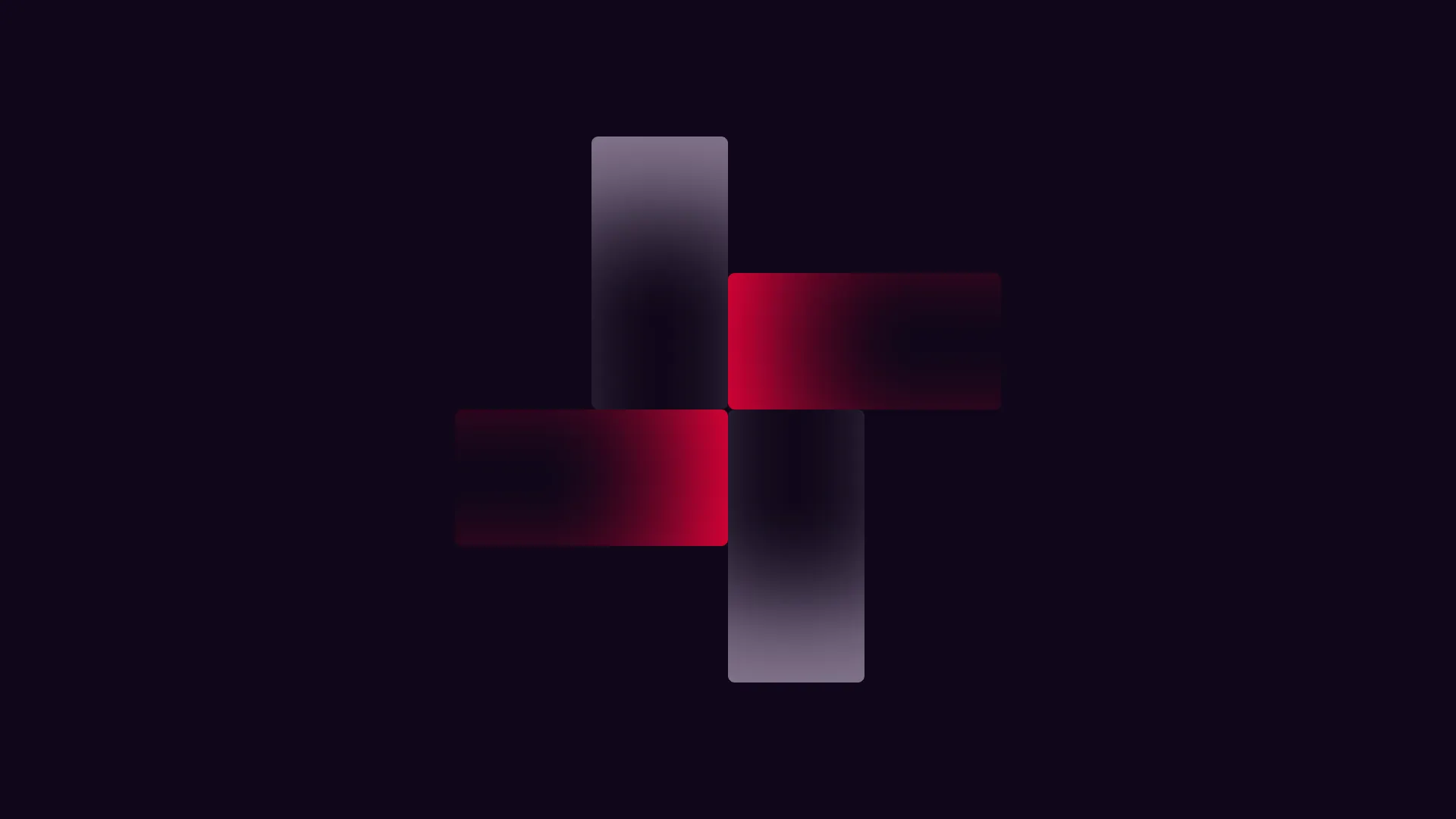
Continuous Threat Exposure Management will enable security and risk management leaders to build evidence-based security. Although the idea of CTEM isn't entirely novel, having first appeared in print in July 2022, we have now reached a stage where numerous organizations are beginning to implement CTEM into their security stack. As such, it is predicted that by 2026, organizations that prioritize their security investments based on a continuous exposure management program will be three times less likely to suffer from a breach.
The Challenges of Traditional Security Approaches
- Poor Visibility: Organizations often underestimate their attack surface by 30%.
- Ineffective Discovery: Many security programs generate excessive false positives, distracting teams from real threats.
- Inaccurate Prioritization: Relying on generic CVSS scores rather than real-world risk context leaves critical vulnerabilities unaddressed.
Traditional security approaches focus on periodic assessments and compliance-driven mandates. However, attackers evolve faster than most organizations can patch. The need for a dynamic, continuous security approach is more pressing than ever. CTEM shifts organizations from reactive defenses to proactive security strategies.
Understanding Continuous Threat Exposure Management (CTEM)
CTEM integrates key cybersecurity functions to provide an evidence-based approach to security:
- Threat Intelligence: Identifies emerging threats by analyzing attacker behavior and trends.
- Vulnerability Management: Detects and assesses risks based on real-world exploitability.
- External Attack Surface Management (EASM): Maps exposed assets, including shadow IT and forgotten infrastructure.
- Exposure Management: Prioritizes remediation based on actual risk impact rather than theoretical severity scores.
Unlike traditional risk management frameworks, CTEM continuously assesses an organization’s security posture, providing real-time insights into potential vulnerabilities and attack paths. This ongoing evaluation enables security teams to focus their efforts on the most pressing risks rather than being overwhelmed by an unmanageable list of security gaps.
Why Organizations Need CTEM
Organizations today operate in highly interconnected digital environments. This complexity introduces significant security challenges:
- Digital assets outside the firewall are growing rapidly: Cloud adoption, remote work, and hybrid IT environments have blurred security perimeters.
- Attackers move faster than defenders: Threat actors scan for new CVEs within 15 minutes of disclosure, reducing the window for patching vulnerabilities before exploitation.
- Initial Access Brokers (IABs) accelerate attacks: These cybercriminals sell unauthorized access to corporate networks, enabling ransomware groups and advanced persistent threats (APTs) to strike with precision.
- Supply chain vulnerabilities increase risk: Organizations depend on an expanding network of vendors and partners, introducing new security risks.
Without continuous monitoring, organizations remain blind to emerging threats, increasing their exposure to attacks.
Hadrian: A Hacker’s Perspective on CTEM
Hadrian takes a unique approach to CTEM by adopting an external hacker's perspective. Hadrian’s CTEM platform is built to reduce risk across an organization’s entire attack surface. It focuses on three critical areas:
1. Holistic Asset Discovery & Contextualized Risk Assessment
- Identifies all digital assets, mapping their interconnections to uncover hidden risks.
- Uses automation and AI-driven analytics to detect anomalies that indicate potential threats.
- Prioritizes risks based on real-world impact rather than generic severity scores.
2. Vulnerability Validation to Reduce False Positives
- Ensures security teams focus only on actionable threats by filtering out non-exploitable vulnerabilities.
- Uses advanced scanning techniques, including active validation, to confirm the legitimacy of detected risks.
- Reduces alert fatigue, allowing security professionals to concentrate on real threats.
3. Automated Risk Prioritization
- Provides security leaders with data-driven insights to optimize resource allocation.
- Enables security teams to respond faster by categorizing threats based on exploitability and potential damage.
- Reduces mean time to remediation (MTTR) by automating prioritization workflows.
By leveraging Hadrian’s hacker-driven approach, organizations can anticipate and mitigate threats before attackers exploit them.
Benchmarking CISO Success with CTEM
Security leaders must measure their organization’s cybersecurity maturity. Effective benchmarking includes:
- Comparing security posture with industry standards: Using frameworks like NIST, MITRE ATT&CK, and CIS Controls.
- Identifying gaps in exposure management: Assessing whether current tools provide real-time visibility and continuous assessment.
- Ensuring vendors do not assess their own security measures: Independent validation prevents conflicts of interest and ensures objectivity.
Hadrian provides independent security validation, separating the roles of attacker and defender for a clearer, objective security assessment.
Real-Time Alert Management for Faster Response
Organizations are bombarded with thousands of security alerts daily. Hadrian streamlines alert management by:
- Delivering real-time dashboards updated multiple times per day.
- Automating 90% of triage processes, minimizing manual effort.
- Employing a dedicated triage team for high-risk cases.
Case Study: When a critical WordPress vulnerability was discovered in the Advanced Custom Fields (ACF) plugin, Hadrian alerted customers within hours, allowing same-day remediation. This proactive approach saved organizations from potential breaches and data exposure.
Exposure Management: Reducing Risks on the Edge
Cyber risks extend beyond traditional perimeters. Exposure management ensures organizations can:
- Minimize security incidents by proactively addressing exposure gaps.
- Adapt to dynamic environments by continuously monitoring changes in IT infrastructure.
- Identify critical vulnerabilities before attackers do, reducing attack success rates.
- Secure remote work infrastructure, protecting cloud-based applications and remote endpoints.
- Strengthen third-party security posture, ensuring vendors meet security best practices.
CTEM goes beyond traditional perimeter defenses by ensuring organizations maintain continuous awareness of their security exposure.
Moving Beyond Compliance: A Future-Ready Security Approach
70% of organizations expect compliance requirements to increase annually. However, compliance alone is not enough. Organizations must integrate proactive security measures to:
- Detect emerging threats before compliance mandates them.
- Continuously refine risk management strategies.
- Ensure long-term resilience against evolving attack techniques.
Compliance frameworks provide a baseline for security, but they are not a substitute for continuous monitoring and real-world risk assessment. CTEM ensures organizations meet compliance while actively mitigating threats that standards may not yet address.
The Future of Threat Exposure Management
As cyber threats evolve, organizations must adapt. Future-ready security teams will:
- Embrace automation to scale threat detection and response.
- Leverage AI and machine learning for smarter risk prioritization.
- Adopt continuous assessment to identify vulnerabilities before attackers do.
- Integrate zero-trust principles to minimize attack surfaces.
Moreover, as quantum computing and AI-enhanced cyber threats emerge, traditional security approaches will become obsolete. Organizations that invest in CTEM today will be better positioned to handle the sophisticated attacks of tomorrow.
Why CISOs Must Act Now
The cybersecurity landscape is evolving rapidly. Organizations that fail to modernize their approach risk significant breaches. By implementing CTEM, security leaders can:
- Achieve full visibility into their attack surface.
- Eliminate unnecessary alerts and false positives.
- Prioritize and remediate risks based on real-world impact.
- Future-proof their security strategy against emerging threats.
Hadrian’s CTEM platform empowers organizations to secure their most valuable assets, reduce risk, and stay ahead of cyber threats. Ready to take your security strategy to the next level? Contact Hadrian today to learn more.
With CTEM, organizations no longer react to cyber threats—they anticipate and neutralize them before they become breaches. This proactive approach ensures a stronger, more resilient security posture in an era where digital threats evolve daily.
{{cta-demo}}









